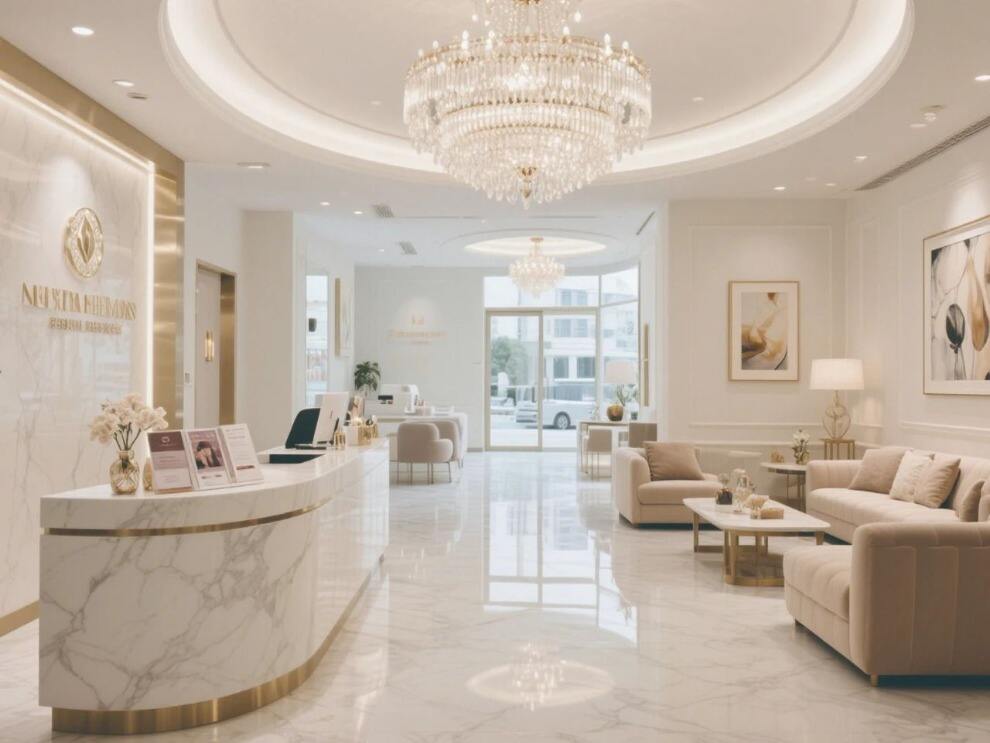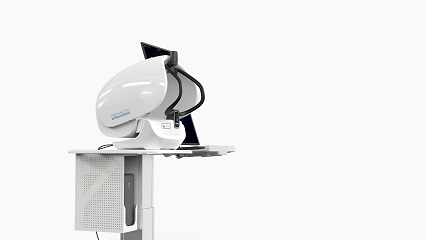Industry Ecosystem Transformation: How the New Beauty Industry is Breaking Traditional Boundaries?
Industry Ecosystem Transformation: How the New Beauty Industry is Breaking Traditional Boundaries?

The beauty market is undergoing profound generational changes, with the core consumer base shifting to emerging demographics dominated by Gen Z and young professionals. This group exhibits distinct consumption traits:
-
They no longer respond to traditional beauty sales pitches but instead rationally evaluate the professionalism and actual results of services.
-
When making decisions, they prioritize both convenience and cost-effectiveness.
-
Most importantly, they expect personalized beauty solutions and seek emotional resonance and psychological fulfillment during the service experience.
From an industry development perspective, technological innovation is driving upgrades in beauty services. The deep integration of AI and smart devices has significantly improved precision and efficiency. Consumption scenarios are diversifying, with online-offline omnichannel integration becoming an industry standard. Meanwhile, cross-industry innovation is thriving, as collaborations between the beauty sector and fields like art design and fashion trends continue to spawn new business models. The new beauty industry is breaking traditional boundaries, transforming the entire ecosystem.

- Key Trends in the New Beauty Industry
Business Model Integration & Innovation
Breaking traditional service boundaries, the industry now merges with health management, culture, and art. Examples include relaxation spaces incorporating meditation therapy and professional makeup training programs infused with pop aesthetics.
Personalized Service Upgrades
Tailored beauty solutions based on individual characteristics—from custom skincare products to exclusive body management plans—comprehensively meet personalized beauty needs.

- Core Differences Between Traditional and New Beauty Models
Target Audience: Traditional beauty focused on baby boomers (born in the 60s-70s) who prioritized service indulgence and satisfaction, while the new beauty industry caters to millennials and Gen Z (80s-00s), who value professionalism, results, and personalized experiences.
Marketing Strategies: Traditional models relied on aggressive sales tactics and customer relationship maintenance, often triggering consumer resistance. The new model builds reputation through professional devices, customized solutions, and visible results, driving organic traffic.
Operational Formats: Traditional businesses were limited to offline stores with restricted marketing methods, whereas the new model integrates online and offline channels, using digital tools to precisely target audiences and expand service reach.

The "Emotional Value" of the New Beauty Industry
Beyond mere beauty services, the new industry has evolved into a holistic emotional healing experience. Through multi-sensory design—from ambiance to service flow—it constructs a complete emotional value system, manifested in:
Enhanced Environmental Experience: Carefully curated spaces engage all five senses—visual aesthetics, auditory therapy, and aromatic relaxation—creating immersive settings.
Service Philosophy Innovation: Emphasizing professionalism and scientific rigor from diagnosis to consultation to conversion. The role shifts from salesperson to skin condition analyst and skincare solution provider.
Emotional Service Extension: Every interaction, from reception to treatment, fosters respect and comfort. Science-backed narratives and demand-driven solutions create higher emotional value.
Amid generational shifts, the new beauty industry aligns with emerging consumer needs, leveraging technology, diversified scenarios, and cross-industry integration to redefine boundaries. Trends like digital management, business model fusion, and personalized services are reshaping the industry landscape. This transformation not only redefines beauty services but also signals a broader shift in modern service industries toward experience-driven and science-backed upgrades, setting a benchmark for the entire sector’s evolution.
 EN
EN
 AR
AR
 BG
BG
 HR
HR
 CS
CS
 DA
DA
 NL
NL
 FI
FI
 FR
FR
 DE
DE
 EL
EL
 HI
HI
 IT
IT
 JA
JA
 KO
KO
 NO
NO
 PL
PL
 PT
PT
 RO
RO
 RU
RU
 ES
ES
 SV
SV
 TL
TL
 IW
IW
 ID
ID
 SR
SR
 SK
SK
 SL
SL
 UK
UK
 VI
VI
 SQ
SQ
 HU
HU
 TH
TH
 TR
TR
 FA
FA
 AF
AF
 MS
MS
 UR
UR
 BN
BN
 LA
LA

